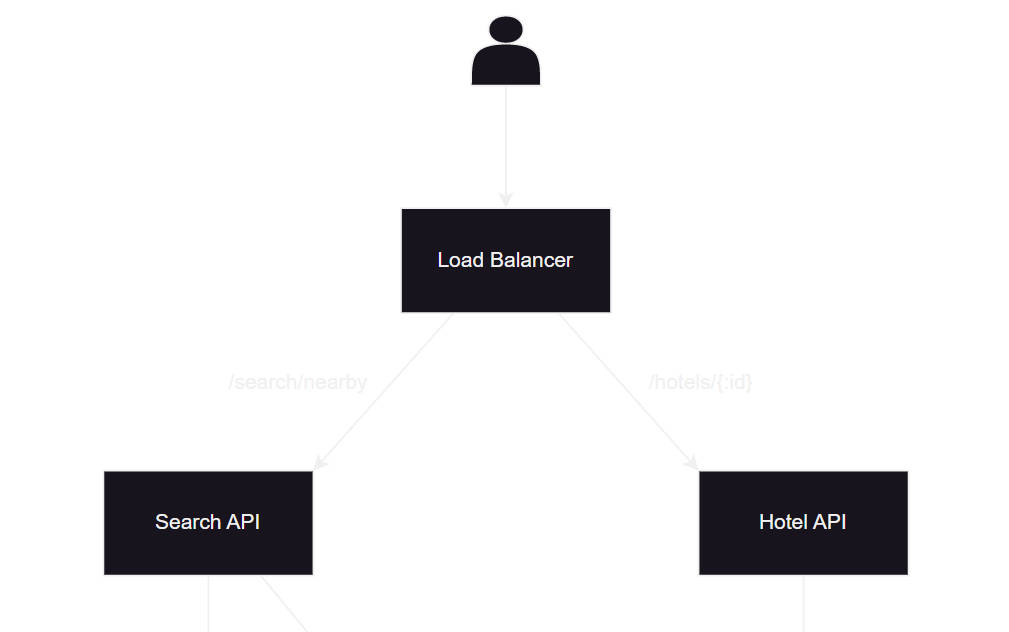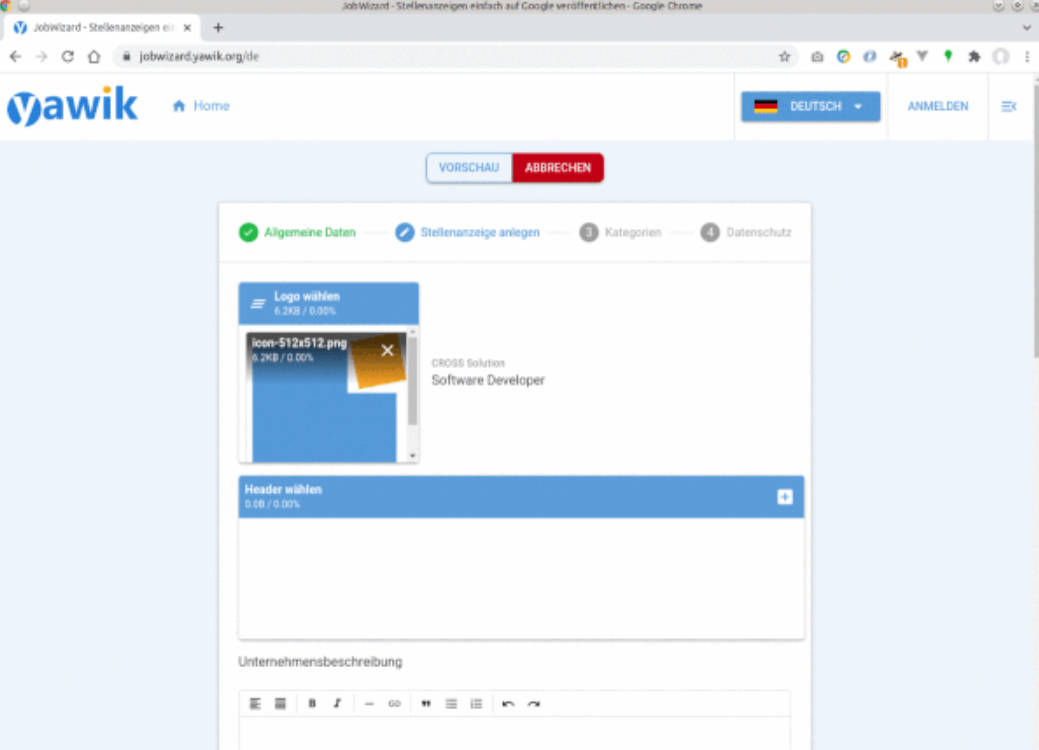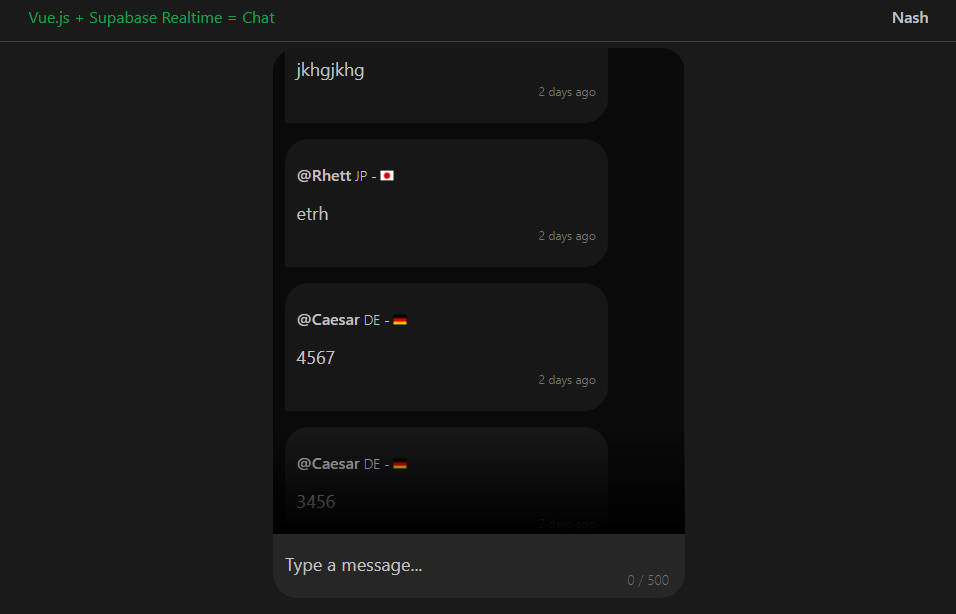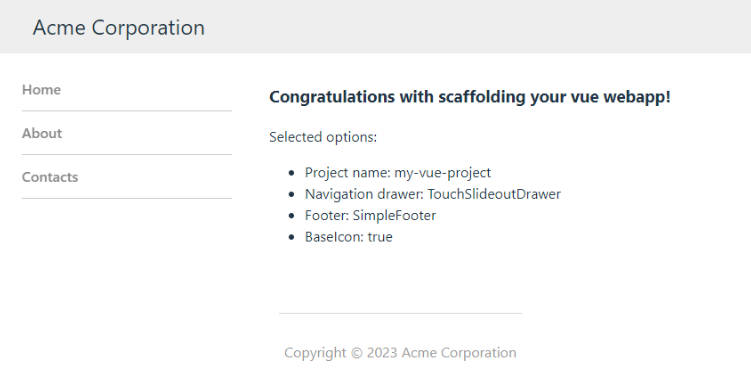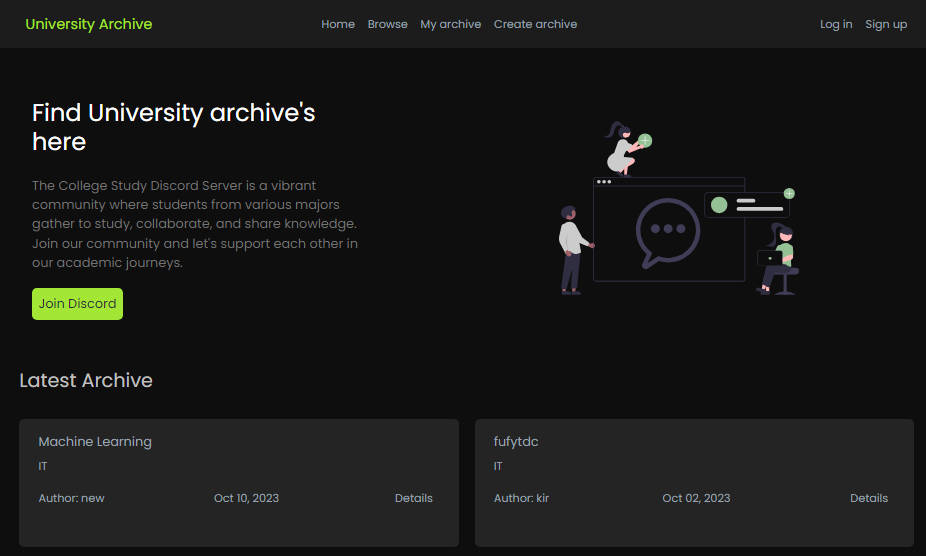Hotel Finder Web App
Hotel finder website created in Vue.js with a backend written in Go using the Gin web framework and MongoDB as database for Geospatial Queries
About The Project
This is an example of a Nearby search REST API for searching nearby hotels, in this case all routes are accessible by anyone but in a real life scenario the search API is going to be used by users and only the hotels API or at least the writing parts of it will be accessible to the hotel owners.
API Endpoints
Here are the available endpoints for now:
API for search
GET /v1/search/nearby This endpoint returns hotels based on certain search criteria. In real-life applications, search results are also paginated so we need to add parameters for that.
Request Parameters:
| Field | Description | Type |
|---|---|---|
| latitude | Latitude of a given location | float |
| longitude | Longitude of a given location | float |
| radius | Optional. Default is 5000 meters | float |
| offset | Optional. Defaul is 0 | int |
| limit | Optional. Default is 20 | int |
The hotel object returned contains everything needed to render the search result page. But we may still need additional attributes such as pictures, reviews, star rating, etc., to render each hotel detail page when we visit them.
In the future we can also add more complex searches like let a user define an area which will be formatted as GeoJSON and then send that to the backend and return only hotels in that area. Or even add search filters like star rating, price, etc.
API for hotels
The APIs related to an hotel object are shown in the table below:
| API | Detail |
|---|---|
| GET /v1/hotels/:id | Return detailed information about an hotel |
| POST /v1/hotels | Add an hotel |
| PUT /v1/hotels/:id | Update details of an hotel |
| DELETE /v1/hotels/:id | Delete an hotel |
Read/Write Ratio
Since most of the time we’re going to use the search for nearby hotels API and also the view information about an hotel, most likely we’re going to have an high read volume. The write on the other hand is low since it happens only when we’re adding, removing or updating an hotel page.
Most of the time for a read-heavy system, a relational database such as MySQL is a better fit than other solutions. But for ease of development we’re going to use MongoDB with its built-in support for Geospatial Queries which are easy to use than MySQL Geo Queries.
Data Model
Hotel Object
| Variable | Type | Description |
|---|---|---|
| name | String | Name of the hotel |
| starRating | Int | Rating of the hotel |
| address | String | Address of the hotel |
| state | String | State where the hotel is located |
| location | Point | Coordinates of the hotel in GeoJSON point format |
Point Object
| Variable | Type | Description |
|---|---|---|
| type | String | In this case the type will always be Point |
| coordinates | []Int | An array of two values with the first being the longitude and the last being the latitude |
An example of the Point format is the following:
{
type: "Point",
coordinates: [ 40, 5 ]
}
Of course we will use a GeoSpatial Index for efficient processing of spatial operations.
High-level Design
The high-level design diagram is the following. The system is divided into two parts the location search service API and the hotels related API.
So normally the website should act upon a database cluster but for semplicity we’re going to use only one database. The database cluster is setup using the primary-secondary architecture, where the primary database handles all write operations and replicas of that primary database which are secondary are used for read operations.
Built With
This project was built with the following technologies:
Getting Started – Setup
By default you’ll need to provide a .env file or set up the environment variables for your operating system, these are required variables that you need to setup:
| Variable | Description |
|---|---|
| PORT | The HTTP/HTTPS server port |
| MONGODB_URI | The URI for connecting to your MongoDB server |
| DB_NAME | The name of the database (inside MongoDB) where you want to store the users and posts |
| GO_ENV | Tells go if the build is for production or not, set it to “production” to enable it |
Also be aware that for the API to work you need to set up a Geo Index inside MongoDB using the following commands inside MongoShell:
db.collName.createIndex({fieldName: "2dsphere"})
License
Distributed under the GPL v3 License. See LICENSE for more information.
